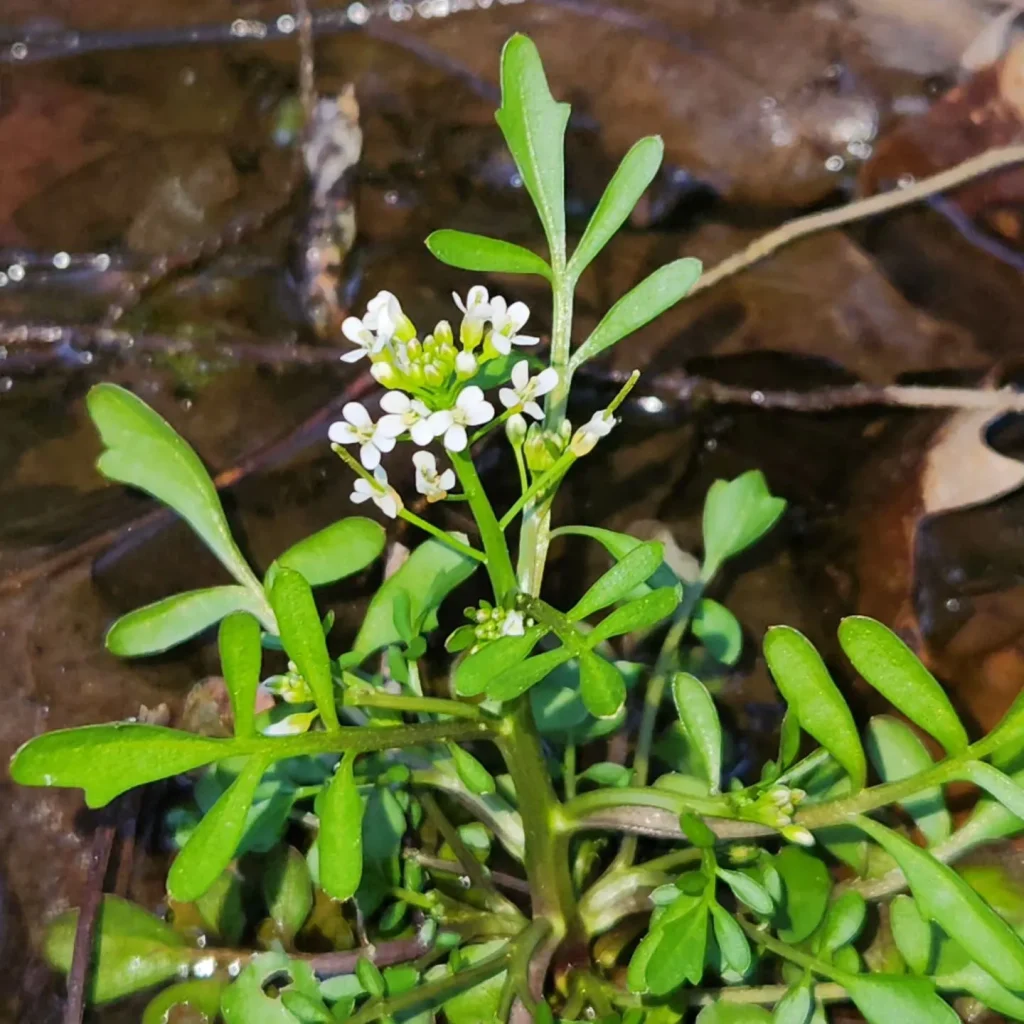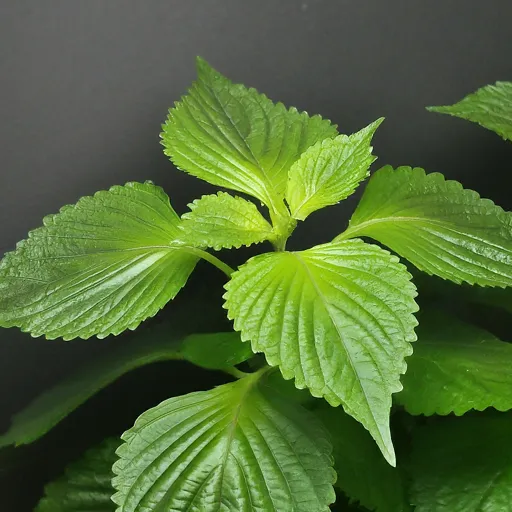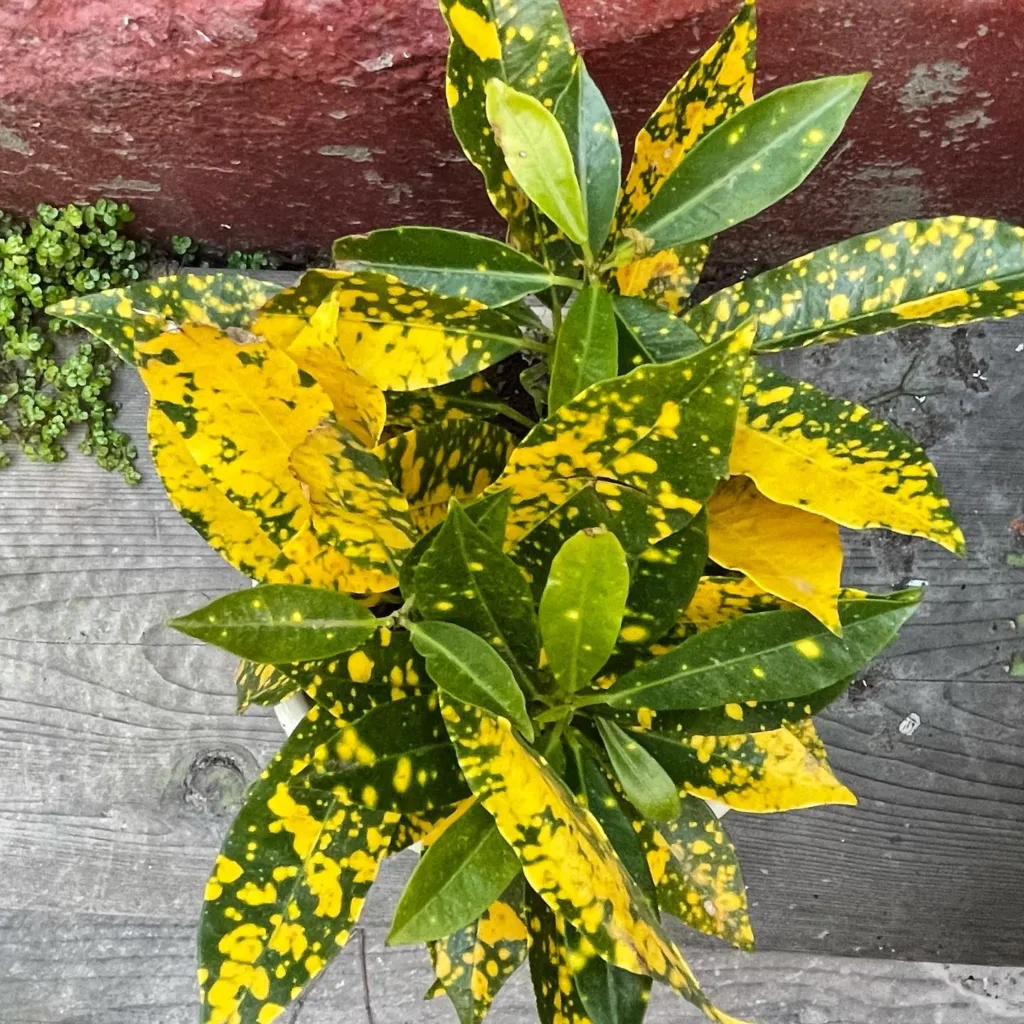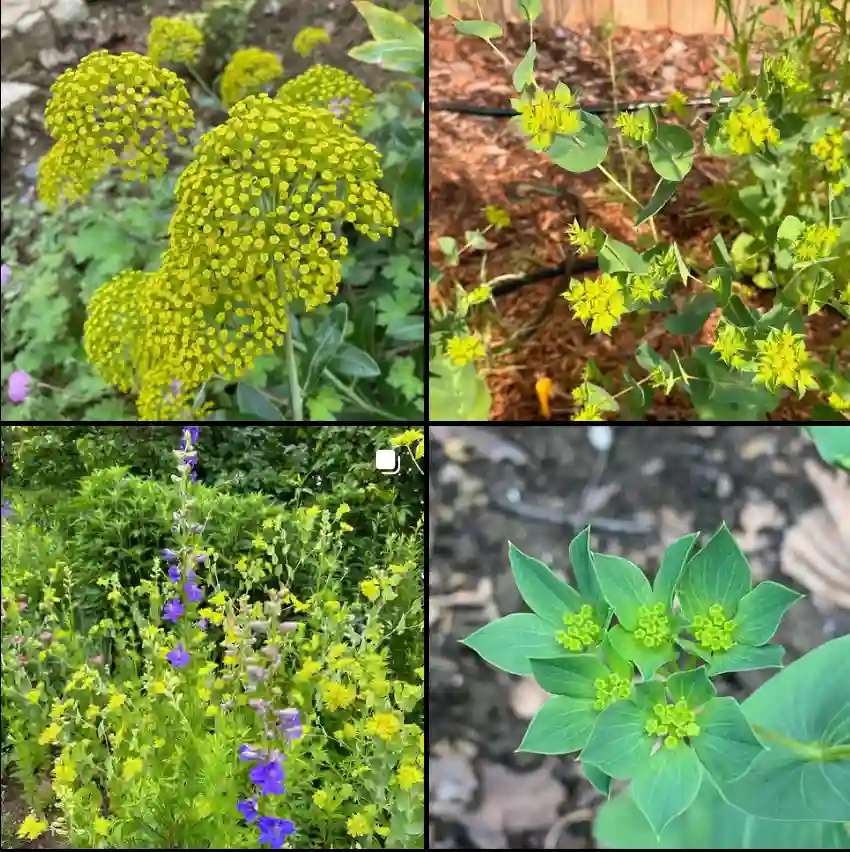My Fascination with Lepismium
I’m Ferb Vu, and I’ve always been drawn to the unusual. So when I first encountered the Lepismium genus of cacti family – Cactaceae, I was hooked. These aren’t your typical desert dwellers. They’re epiphytes, meaning they grow on other plants, usually trees, in the tropical and subtropical rainforests of South America. Imagine my surprise seeing a cactus thriving in the lush, humid jungle!
Their unique lifestyle is reflected in their appearance. Instead of the thick, water-storing stems of desert cacti, Lepismium species have slender, flattened, or sometimes even angular stems. These stems often hang down, creating a cascading effect that’s quite striking. And unlike the harsh spines of many cacti, Lepismium spines are often small and inconspicuous, sometimes even absent.
Diversity within the Genus
The Lepismium genus isn’t huge, but it boasts a fascinating array of species, each with its own distinct characteristics. Here are:
- Lepismium cruciforme is a unique epiphytic cactus species, notable for its elongated, flattened stems with a cross-like appearance when mature. These stems have a subtle, slightly serrated edge and can produce small white to pinkish flowers along their lengths, creating a delicate but striking display. Typically found in rainforests of South America, this species thrives in indirect light with high humidity, making it ideal for indoor cultivation in hanging baskets where its cascading growth habit can be showcased.
- Lepismium floribundum, sometimes known as the “rain cactus,” is an epiphytic cactus species with long, trailing stems that feature a more rounded and segmented form compared to other Lepismium species. Its small, funnel-shaped white to pink flowers bloom along the stems, creating an eye-catching display during the flowering season. Native to Argentina and Bolivia, Lepismium floribundum thrives in humid environments with filtered light, making it suitable for indoor spaces where it can grow well in hanging planters or mounted displays.
- This species is distinguished by its long, flat, and somewhat wavy stems with a tendency to grow downward, creating an elegant, cascading effect. Lepismium houlletianum produces small, tubular flowers, typically in shades of white to light pink, that emerge along the edges of the stems. Originating from the humid forests of South America, particularly in Brazil, it is an ideal plant for those looking to add an exotic, trailing cactus to indoor collections. It prefers indirect light and high humidity, making it well-suited for bathrooms or other humid rooms.
- Lepismium lineare has a distinct appearance, with thin, almost grass-like stems that grow in a pendulous manner, giving it a feathery, airy look. Unlike the broader stems of other Lepismium species, L. lineare’s slender green stems produce a delicate effect, often punctuated by small, creamy-white flowers during blooming season. It’s a true epiphyte, native to the cloud forests of South America, and does best in a humid environment with indirect light, where its unique growth pattern can be fully appreciated.
- This species features thick, flattened stems that develop a segmented, lobed appearance, creating a sculptural look as it grows. Lepismium lorentzianum produces small, star-like flowers in white or light pink that bloom along the edges of the stems, providing an attractive contrast to the plant’s lush green foliage. Native to Argentina, it thrives in humid, shaded conditions and is often grown as a hanging or mounted plant indoors, where it can create a dramatic display with its flowing, textured stems.
- Lepismium lumbricoides is an unusual species with slender, cylindrical stems that resemble worm-like tendrils, giving it a distinctive, almost otherworldly look. This species is known for its tubular, cream-colored flowers that emerge from the stems, adding a subtle beauty to its striking form. Native to the tropical forests of South America, L. lumbricoides prefers warm, humid conditions and indirect light. It’s a great choice for indoor spaces where its intriguing, draping growth can be showcased.
- Lepismium warmingianum is characterized by its flattened, segmented stems that cascade elegantly, making it perfect for hanging planters. This species produces small, star-shaped white flowers that bloom along the stems, adding a delicate charm. Endemic to the rainforests of Brazil, it requires high humidity and thrives in low to medium light conditions. Its adaptability and graceful form make it a popular choice for indoor gardeners seeking an exotic, trailing cactus species with delicate, understated beauty.
Why I Love Growing Lepismium
For me, growing Lepismium cacti is a rewarding experience. They’re relatively low-maintenance plants, as long as you provide them with the right conditions. They thrive in bright, indirect light and a humid environment, which makes them well-suited for growing indoors. I find their unusual forms and textures to be incredibly captivating, and I love watching them grow and change over time.
One of the most exciting things about growing Lepismium is seeing them bloom. Their flowers, though often small, are incredibly delicate and beautiful. They come in a variety of colors, including white, pink, red, and even yellow. It’s always a thrill to see these unexpected blooms emerge from the seemingly simple stems.
The Importance of Preservation
Sadly, some Lepismium species are threatened in their natural habitat due to deforestation and habitat loss. This makes it even more important to cultivate and appreciate these unique plants. By growing them in our homes and gardens, we can help to ensure their continued survival.
I believe that everyone should experience the joy of growing Lepismium cacti. They’re a wonderful addition to any plant collection, and they offer a unique glimpse into the fascinating world of epiphytic plants. So why not give them a try? You might just find yourself as captivated by them as I am.
If i die, water my plants!



